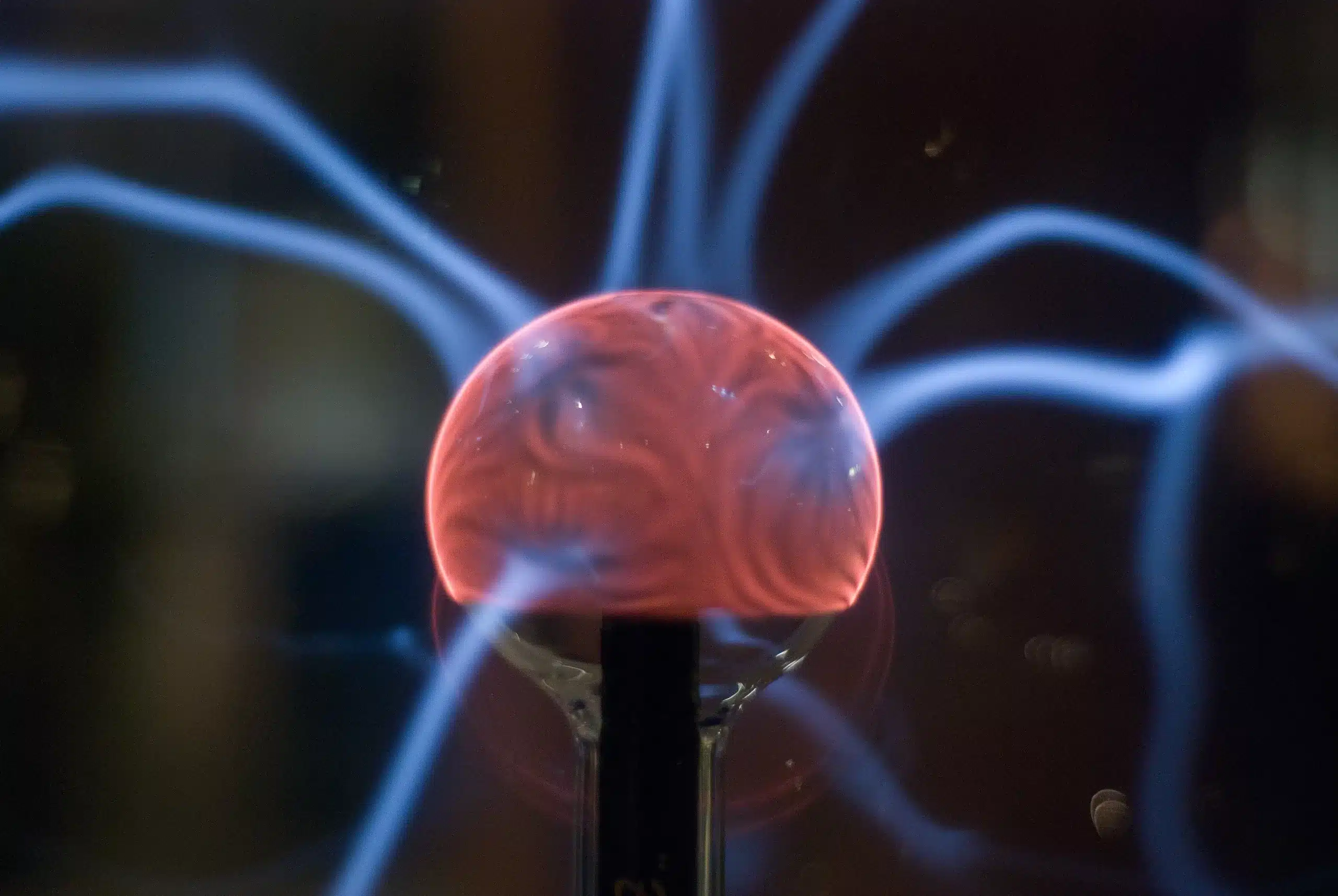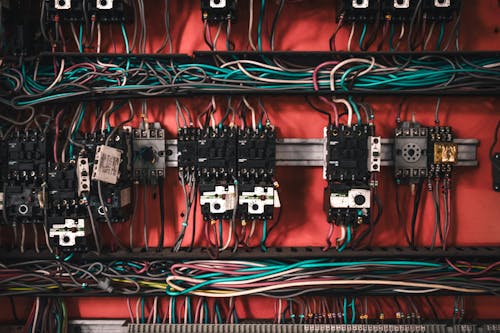
Microwaves are one of the most common and convenient appliances in our kitchens. They can heat up food and drinks in minutes, saving us time and energy. But how much electricity do they use? How many amps and watts do they consume? And how can we reduce their power usage and save money on our electric bills?
The answer is that microwaves use different amounts of amps and watts depending on their wattage, voltage, and frequency. On average, microwaves use about 10 amps and 1,000 watts of electricity. However, these numbers can vary from 5 to 15 amps and 600 to 1,500 watts depending on the model and settings of the microwave.
In this blog post, we will explain what amps and watts are, how they relate to microwaves, and how to calculate the power usage of your microwave. We will also give you some tips on how to reduce your microwave power usage and save money on your electric bill. By the end of this post, you will know everything you need to know about microwave power usage.
Amps and watts are two units of measurement that describe how electricity flows and is used by appliances. Here are some definitions and examples to help you understand them better:
To calculate the power usage of an appliance in watts, you need to multiply the amps by the volts (V), which measure the electric potential or pressure difference between two points in a circuit. Think of volts as the force or push of electricity.
For example, if your microwave uses 10 amps and is plugged into a standard 120-volt outlet in the US, its power usage is:
10 amps x 120 volts = 1,200 watts
However, if your microwave uses 10 amps and is plugged into a 240-volt outlet in Europe, its power usage is:
10 amps x 240 volts = 2,400 watts
As you can see, the same microwave can use different amounts of watts depending on the voltage of the outlet it is plugged into.

The number of amps and watts that a microwave uses depends on its wattage, which is the maximum amount of power it can produce. The wattage of a microwave is usually indicated on its label or manual.
Most microwaves have a wattage range from 600 to 1,500 watts, with an average of about 1,000 watts. The higher the wattage, the faster and more powerful the microwave is.
To estimate the number of amps that a microwave uses, you can divide its wattage by the voltage of the outlet it is plugged into. For example, if your microwave has a wattage of 1,000 watts and is plugged into a standard 120-volt outlet in the US, its amperage is:
1,000 watts / 120 volts = 8.3 amps
However, if your microwave has a wattage of 1,000 watts and is plugged into a 240-volt outlet in Europe, its amperage is:
1,000 watts / 240 volts = 4.2 amps
As you can see, the same microwave can use different amounts of amps depending on the voltage of the outlet it is plugged into.
Here are some examples of how many amps and watts different wattage microwaves use at different voltages:
| Microwave Wattage | Amps at 120 Volts | Watts at 120 Volts | Amps at 240 Volts | Watts at 240 Volts |
|---|---|---|---|---|
| 600 W | 5 A | 600 W | 2.5 A | 600 W |
| 700 W | 5.8 A | 700 W | 2.9 A | 700 W |
| 800 W | 6.7 A | 800 W | 3.3 A | 800 W |
| 900 W | 7.5 A | 900 W | 3.8 A | 900 W |
| 1,000 W | 8.3 A | 1,000 W | 4.2 A | 1,000 W |
| 1,100 W | 9.2 A | 1,100 W | 4.6 A | 1,100 W |
| 1,200 W | 10 A | 1,200 W | 5 A | 1,200 W |
| 1,300 W | 10.8 A | 1,300 W | 5.4 A | 1,300 W |
| 1,400 W | 11.7 A | 1,400 W | 5.8 A | 1,400 W |
| 1,500 W | 12.5 A | 1,500 W | 6.3 A | 1,500 W |
microwaves account for about 4% of the total electricity consumption of US households. That means that microwaving your food can have a significant impact on your electric bill and your carbon footprint.
Fortunately, there are some simple ways to reduce your microwave power usage and save money on your electric bill. Here are some tips:
Here are some common questions that people have about microwave power usage:
A: The easiest way to find out how many watts your microwave uses is to check its label or manual. The label is usually located on the back, side, or inside of the microwave door. It should indicate the model number, serial number, voltage, frequency, and wattage of the microwave.
If you cannot find the label or manual, you can also estimate the wattage of your microwave by using a simple formula:
Wattage = Volts x Amps
To find out the volts and amps of your microwave, you can use a multimeter or an electricity monitor device that plugs into the wall outlet and measures the voltage and current of any appliance connected to it.
Alternatively, you can also use an online wattage calculator that estimates the wattage of your microwave based on its size, type, and features.
A: The cost of running a microwave depends on several factors, such as the wattage of the microwave, the electricity rate in your area, and how often and how long you use it.
To calculate the cost of running a microwave, you can use this formula:
Cost = Wattage x Hours x Electricity Rate / 1000
For example, if you have a 1,000-watt microwave and you use it for 15 minutes per day at an electricity rate of $0.12 per kWh, the cost of running it is:
Cost = 1,000 x 0.25 x 0.12 / 1000 Cost = $0.03 per day
To find out how much it costs to run your microwave per month or per year, you can multiply this number by 30 or 365 respectively.
A: If you have a recipe that specifies a cooking time for a certain wattage microwave but you have a different wattage microwave you need to adjust the cooking time accordingly. You can use this simple formula to convert cooking times for different wattage microwaves:
New Time = Old Time x (Old Wattage / New Wattage)
For example, if a recipe says to cook something for 5 minutes at 800 watts but you have a 1,000-watt microwave, you need to multiply 5 minutes by (800 / 1,000) and get 4 minutes. That means you need to cook it for 4 minutes at 1,000 watts instead of 5 minutes at 800 watts.
Alternatively, you can also use our microwave wattage converter tool to find the new cooking time for your microwave. Just enter the old cooking time and wattage and your microwave wattage and get the new cooking time instantly.
A: There are some signs that can indicate if your microwave is working properly or not. Here are some of them:
If you notice any of these signs, you should stop using your microwave immediately and unplug it from the wall outlet. You should also contact a professional technician or the manufacturer for repair or replacement.
A: Microwaves are designed to last for about 10 years on average. However, you can extend their lifespan by taking good care of them and using them properly. Here are some tips on how to make your microwave last longer:
Microwave power usage is measured in amps and watts. Amps measure the amount of electric current that flows through a circuit, while watts measure the power or work done by an electric current.
Microwaves use different amounts of amps and watts depending on their wattage, voltage, and frequency. On average, microwaves use about 10 amps and 1,000 watts of electricity. However, these numbers can vary from 5 to 15 amps and 600 to 1,500 watts depending on the model and settings of the microwave.
Microwave power usage can have a significant impact on your electric bill and your carbon footprint. Therefore, it is important to reduce your microwave power usage and save money on your electric bill.
You can reduce your microwave power usage by following some simple tips, such as:
